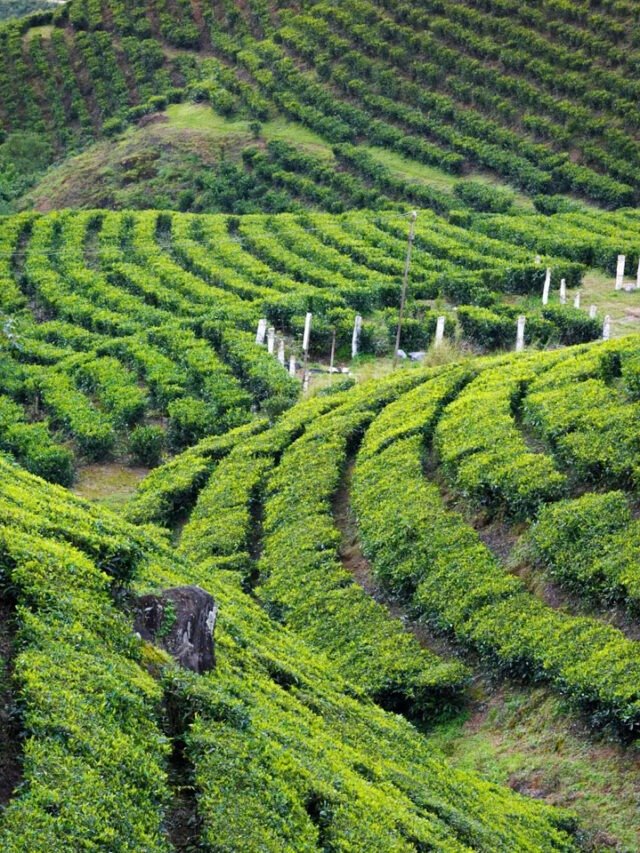HT DIGITAL
SHILLONG, JUNE 26: Meghalaya High Court has taken suo motu cognizance of unregulated and indiscriminate tree cutting at Lawsohtun, East Khasi Hills district, following an intimation of the environment degradation it caused. The action came as wake-up reports brought to the Court, leading to an expansion of a pending Public Interest Litigation (PIL) that initially dealt with illegal tree cutting at Lower New Colony, Laitumkhrah.
Having been initially confined to one locality, the PIL has now been enlarged by the Division Bench—consisting of Chief Justice I.P. Mukerji and Justice W. Diengdoh—to include the whole of the East Khasi Hills district and like cases elsewhere in the state. The Bench was anxious at the delay of the government in filing an action-taken report, which was originally due earlier in June.
Even though the issue was postponed to June 24 to give the government additional time, a report dated June 20 was ultimately submitted. Prior to summarizing its contents, the Court was shown more disturbing news by Senior Advocate S. Paul, who submitted a report on major tree cutting in Lawsohtun.
Seriously taking the oral arguments, the Court asked the petitioner to submit a sworn affidavit and, given the gravity and urgency of the matter, took it suo motu. The Bench termed the environmental degradation resulting from the deforestation in Lawsohtun as “alarming,” highlighting the necessity for urgent judicial intervention.
The government report identified the constitution of a three-member State-Level Committee to carry out the orders of the Court. The committee is headed by the Chief Conservator of Forests (T), Shillong, with Dr. Krishna Upadhaya, Associate Professor of Environmental Science in North-Eastern Hill University, and the Secretary of the Forests and Environment Department.
But the High Court faulted the committee for depending largely on Divisional Forest Officers’ reports and not undertaking independent evaluations. The Committee was merely classifying trees as dead, live, or preservable on the recommendations of the DFOs without verification on the ground.
The Bench reiterated that the Committee has to go beyond passive consideration and conduct random checking, direct field assessment, and live monitoring. The Court mandated that no felling of trees or cutting of branches shall be allowed until the Committee makes its assessment—apart from situations where a tree is life-threatening to life or property.
In regard to the allegations of felling at Lawsohtun, the Committee has been directed to get a report from the DFO concerned at the earliest. In addition, the Court has directed parties concerned to file an action-taken or status report in detail by July 18.











